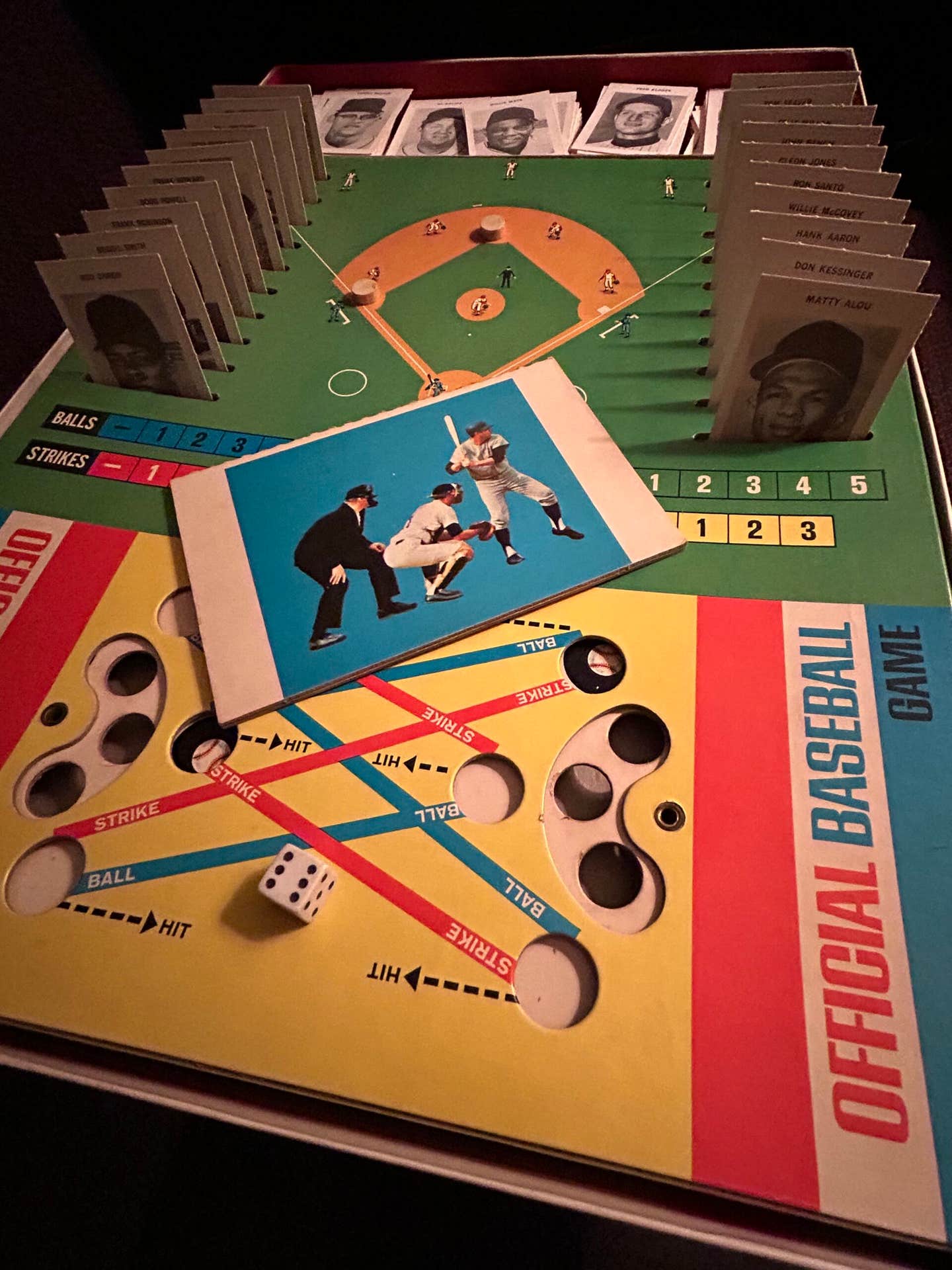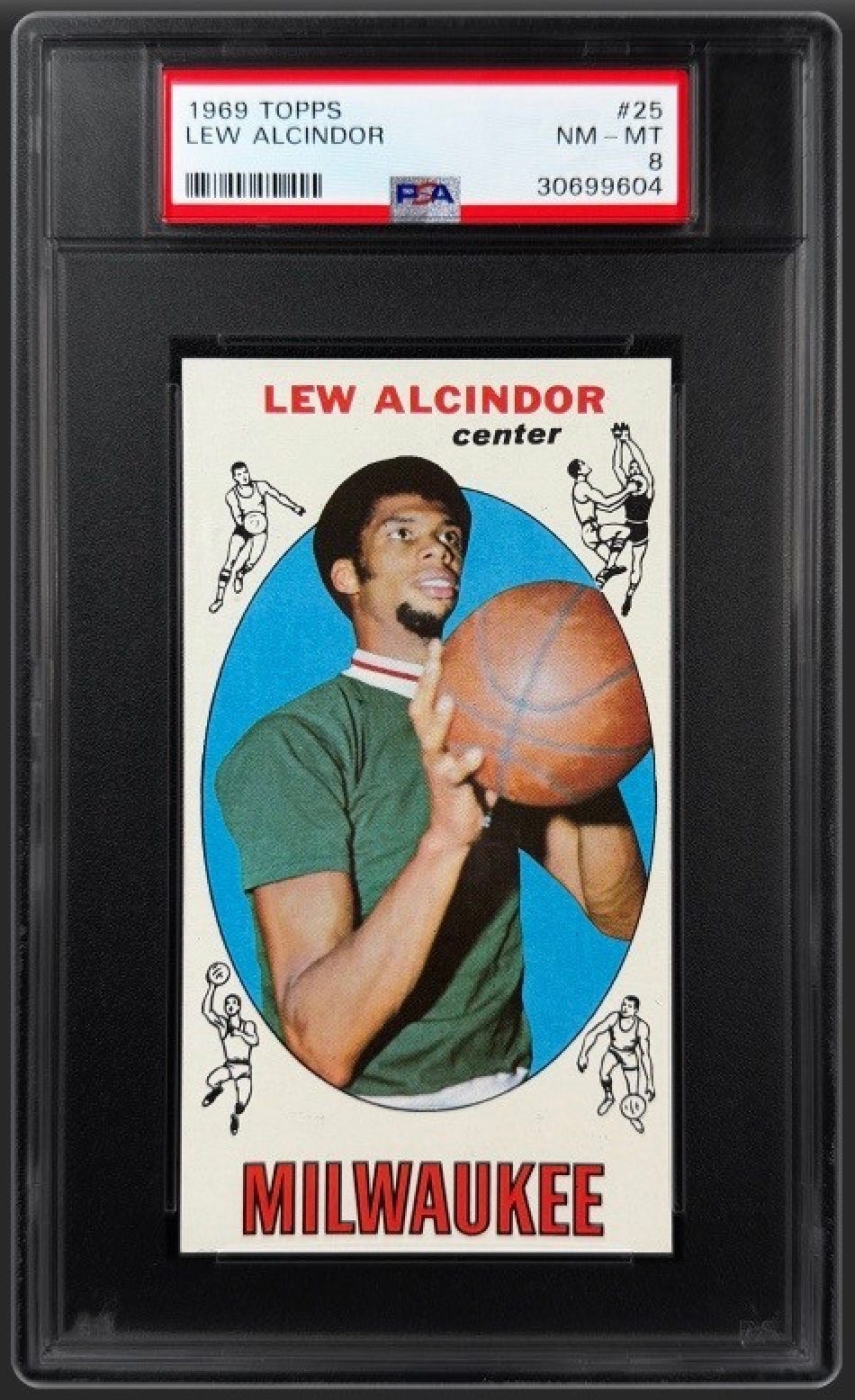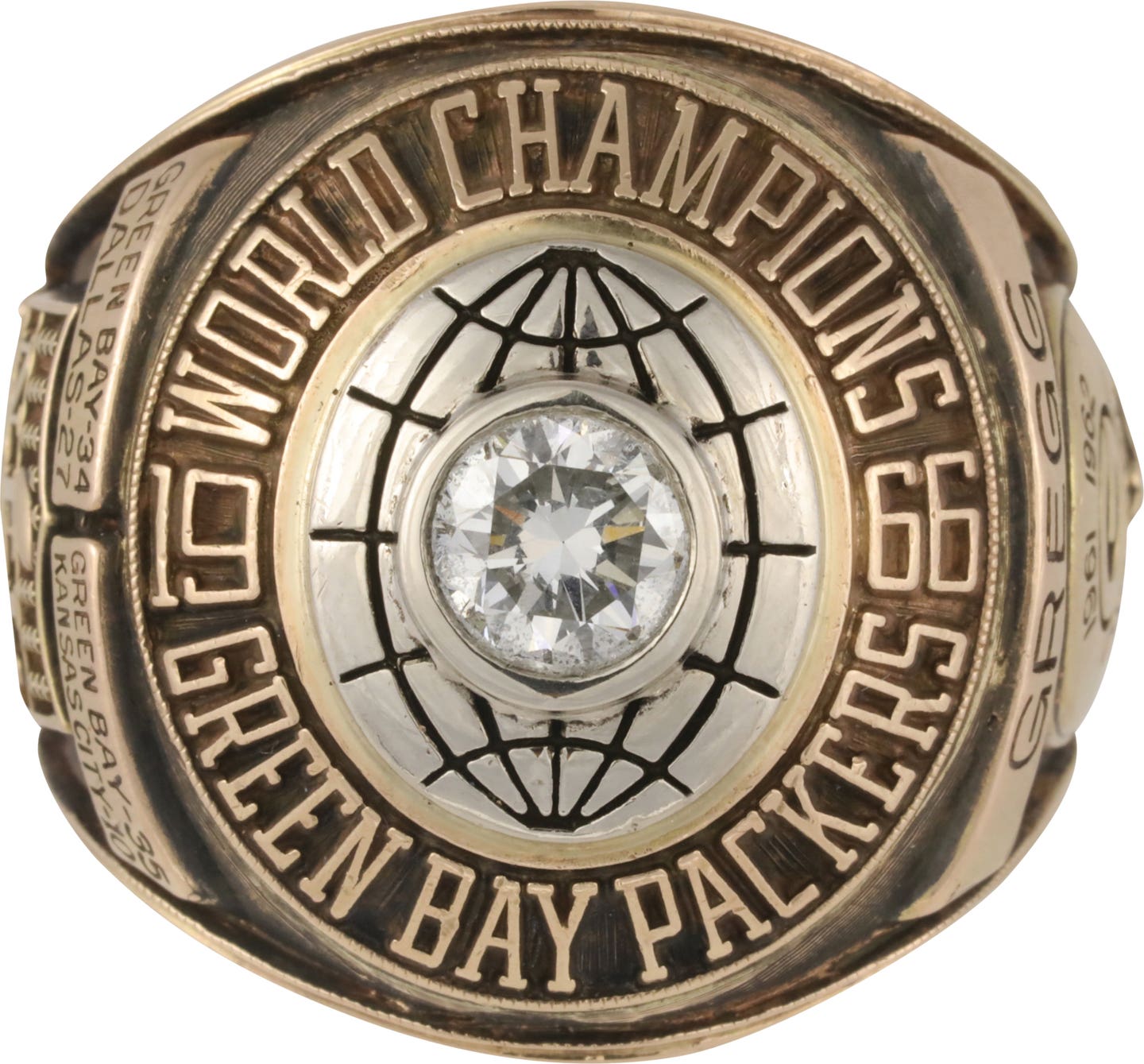News
Bill Shannon Obit
Bill Shannon (1941-2010)
Longtime sportswriter and public relations executive Bill Shannon died in a house fire in West Caldwell, NJ on October 26.
Though best known as a baseball writer and official scorer for both the Mets and Yankees, Shannon had a long career as both a newspaperman and sports public relations executive, and was a noted baseball historian and author of a number of highly-regarded books and other publications about baseball and other sports.
Born in Easton, Pa in 1941, Shannon’s family eventually settled in Bergen County, N.J., and he attended Columbia University before a hitch in the U.S. Army. Shannon continued to cover Columbia football and basketball games for more than 50 years.
He was on the staff of the New York Titans when they joined the American Football League, and remained a member of the New York Jets press box staff until this season, working with the team through the Polo Grounds, Shea Stadium, Giants Stadium and New Meadowlands Stadium years.
An avid collector of sports and railroad memorabilia, Shannon’s work is perhaps most evident to collectors in all the game programs and yearbooks he either edited or wrote for. Among them are publications of both the New York Mets and New York Jets.
In the early 1960’s, Shannon worked in public relations for the International Soccer League, the summer tournament founded by sports promoter Bill Cox, that brought foreign teams to play games in the United States in a league format at facilities such as New York’s Polo Grounds and Chicago’s Soldier Field.
He joined Madison Square Garden in 1965 as the company’s Director of Public Relations, a post he held until 1973, overseeing the move from the “Old Garden” to the one at its present location. The first Muhammad Ali-Joe Frazier fight in 1971 was one of the many major events he oversaw. Publicity for the Madison Square Garden-owned New York Skyliners in the United Soccer Association, the predecessor to the North American Soccer League, were part of his portfolio with the Garden as well.
After leaving the Garden, he owned his own public relations agency, and handled the publicity for the first boxing match at the renovated Yankee Stadium, the Ali-Ken Norton heavyweight title fight in 1976. During that time he began working with the United States Tennis Association, and was annually involved in running media operations for the U.S. Open and editing the U.S. Open Record book. He was the Editor of the Official Encyclopedia of Tennis, which was published in 1981.
Shannon’s most well-known book, and the one most sought-after by collectors, was The Ballparks (1975), which is considered the seminal work on major league ballpark history. He authored the Topps Baseball Card Books Series in 1989 and the Louisville Slugger Presents series of team histories, which were published in the 1980s. For more than 20 years he served as an Editor of Who’s Who in Baseball.
Shannon began covering baseball for United Press International, and later for the Associated Press, in the 1970s.He became a baseball official scorer in 1979 and was considered by many to be the best in either league. A Hall of Fame voter, he was a member of a panel put together by Major League Baseball to review and standardize rules for baseball scoring, and authored a book on the subject.
In the early 1980’s, Shannon was one of the founders of Sports Information Data Base, a computer news and statistics service that was the precursor to many of today’s internet services. He was also the founder and President of the New York Sports Museum and Hall of Fame, an organization whose mission it was to preserve and honor the history of all New York Sports. Though the organization did not reach the goal of building a permanent museum during Shannon’s lifetime, it has elected over 300 honorees from New York’s sporting past, and in keeping with Shannon’s nature as a human being, included inductees from all sports, and all stations of involvement with sports, from the most celebrated athletes to sportswriters and PA announcers and ballpark attendants.
Known as a walking encyclopedia of not just sports, but a wide variety of subjects, Shannon had a gregarious nature and was a witty storyteller. The 69-year old Shannon had legions of friends in press boxes around New York, and was always willing to help younger writers both with their writing and in bettering their careers.
His elderly mother survived the fire that took his life, but to many in the New York sports community, Shannon was a father figure as well.








